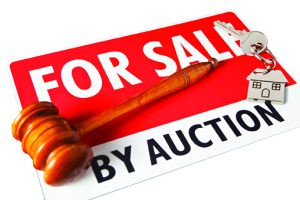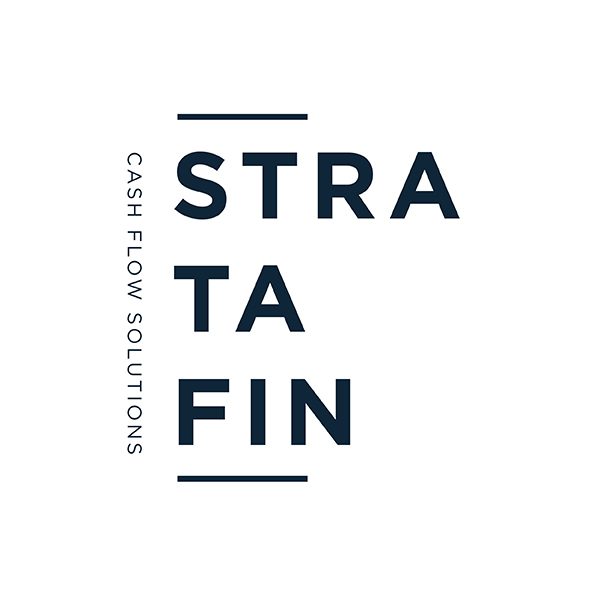Introduction
Community living means that owners and occupiers live in close proximity and need to share space and amenities. The Sectional Titles legislation deals with any of the consequential negative impacts that result from this setup. This article delves into these aspects and the provisions that deal with them.
- Interference
Section 13(1)(d) of the STSM Act requires that an owner must use and enjoy the common property in such a manner as not to interfere unreasonably with the use and enjoyment thereof by other owners or other persons lawfully on the premises.
PMR 30(a) requires that the body corporate must take all reasonable steps to ensure that a member or any other occupier of a section or exclusive use area does not use the common property so as to unreasonably interfere with other persons lawfully on the premises, in breach of section 13(1)(d) of the STSM Act.
- Nuisance
Section 13(1)(e) of the STSM Act requires that an owner not use his or her section or exclusive use area, or permit it to be used, in a manner or for a purpose which may cause a nuisance to any occupier of a section.
PMR 30(b) requires that the body corporate must take all reasonable steps to ensure that a member or any other occupier of a section or exclusive use area does not must use a section or exclusive use area so as to cause a nuisance, in breach of section 13(1)(e) of the STSM Act.
- Contravention of laws
PMR 30(c) requires that the body corporate must take all reasonable steps to ensure that a member or any other occupier of a section or exclusive use area does not contravene the provisions of any:
(i) law or by-law relating to the use of a section or an exclusive use area; or
(ii) conditions of a license relating to use of the building or the common property, or the carrying on of a business in the building; or
(iii) conditions of title applicable to sections or exclusive use areas.
- Alterations impairing structural integrity
PMR 30(d) requires that the body corporate must take all reasonable steps to ensure that a member or any other occupier of a section or exclusive use area does not make alterations to a section or an exclusive use area that are likely to impair the stability of the building or interfere with the use and enjoyment of other sections, the common property or any exclusive use area.
The body corporate is entitled to request an engineer’s report on whether any alterations or improvements would impair he structural stability of the building
- Material negative effect on value or utility
The previous PMR 68(1)(iv) stated that an owner may not do anything to his section or exclusive use area that is likely to prejudice the “harmonious appearance” of the building. Now PMR 30(e) states that the body corporate must take all reasonable steps to ensure that a member or any other occupier of a section or exclusive use area does not do anything to a section or exclusive use area that has a material negative affect on the value or utility of any other section or exclusive use area.
The body corporate should consider whether the action in question will have a material negative affect on the value or utility of any other section or exclusive use area, which would include the consideration on whether the improvement is likely to prejudice the “harmonious appearance” of the building.
- Change of use
Section 13(1)(g) of the STSM Act states that:
“An owner must when the purpose for which a section or exclusive use area is intended to be used is shown expressly or by implication on or by a registered sectional plan, not use nor permit such section or exclusive use area to be used for any other purpose: Provided that with the written consent of all owners such section or exclusive use area may be used for that purpose as consented to.”
Section 13(2) of the STSM Act adds to section 13(1)(g) and states that:
“Any owner who is of the opinion that any refusal of consent of another owner in terms of the proviso to subsection (1)(g) is unfairly prejudicial, unjust or inequitable to him or her, may, within six weeks after the date of such a refusal, make an application in terms of this subsection to an ombud.”
PMR 30(f) further states that:
“The body corporate must take all reasonable steps to ensure that a member or any other occupier of a section or exclusive use area does not subject to the provisions of section 13(1)(g) of the Act, use a section or exclusive use area for a purpose other than for its intended use as
- shown expressly or by implication on a registered sectional plan or an approved building plan
- an reasonably be inferred from the provisions of the applicable town planning by-laws or the rules of the body corporate; or
- is obvious from its construction, layout and available amenities.”
The issue in regard to change of use arises when owners decide to use parts of their sections or exclusive use areas for a purpose other than it was originally intended and constructed to be used. An example of this is when an owner converts his garage into a granny flat. A garage space is intended to be used as a space for parking a motor vehicle or storing tools and gardening equipment. This could cause problems within the scheme because, where the garage is used for another purpose, it could place more pressure on the availability of parking bays in the scheme, as the owner would then need to park outside the garage.
- Building improvement to exclusive use areas
An improvement to an exclusive use area is defined as the construction or placement of any structure or building improvement on an exclusive use area. Owners who hold exclusive use areas often wish to make improvements to these areas. Examples of improvements to exclusive use areas include the installation of roof louvre type structures over patios and garden areas; the installation of a carport over their exclusive use parking bay; or the installation of a bricked braai area in their garden.
PMR 30(g) states that the body corporate must take all reasonable steps to ensure that a member or any other occupier of a section or exclusive use area does not construct or place any structure or building improvement on an exclusive use area which in practice constitutes a section or an extension of the boundaries or floor area of a section without complying with the requirements of the STSM Act and the ST Act; provided that the body corporate may by ordinary resolution:
(i) give consent for such a structure or building improvement, if they are satisfied that it does not require compliance with such requirements;
(ii) prescribe any reasonable condition in regard to the use or appearance of the structure or building improvement; and
(iii) withdraw any consent if the member or other occupier of a section breaches any such condition.
WRITTEN BY DR CARRYN DURHAM







![Case discussion on SS Glen High v Kruger NO ((2023/055133) [2024] ZAGPJHC 1059 (10 September 2024)](https://b2659803.smushcdn.com/2659803/wp-content/uploads/2024/10/OIP-300x200.jpeg?lossy=1&strip=1&webp=1)




